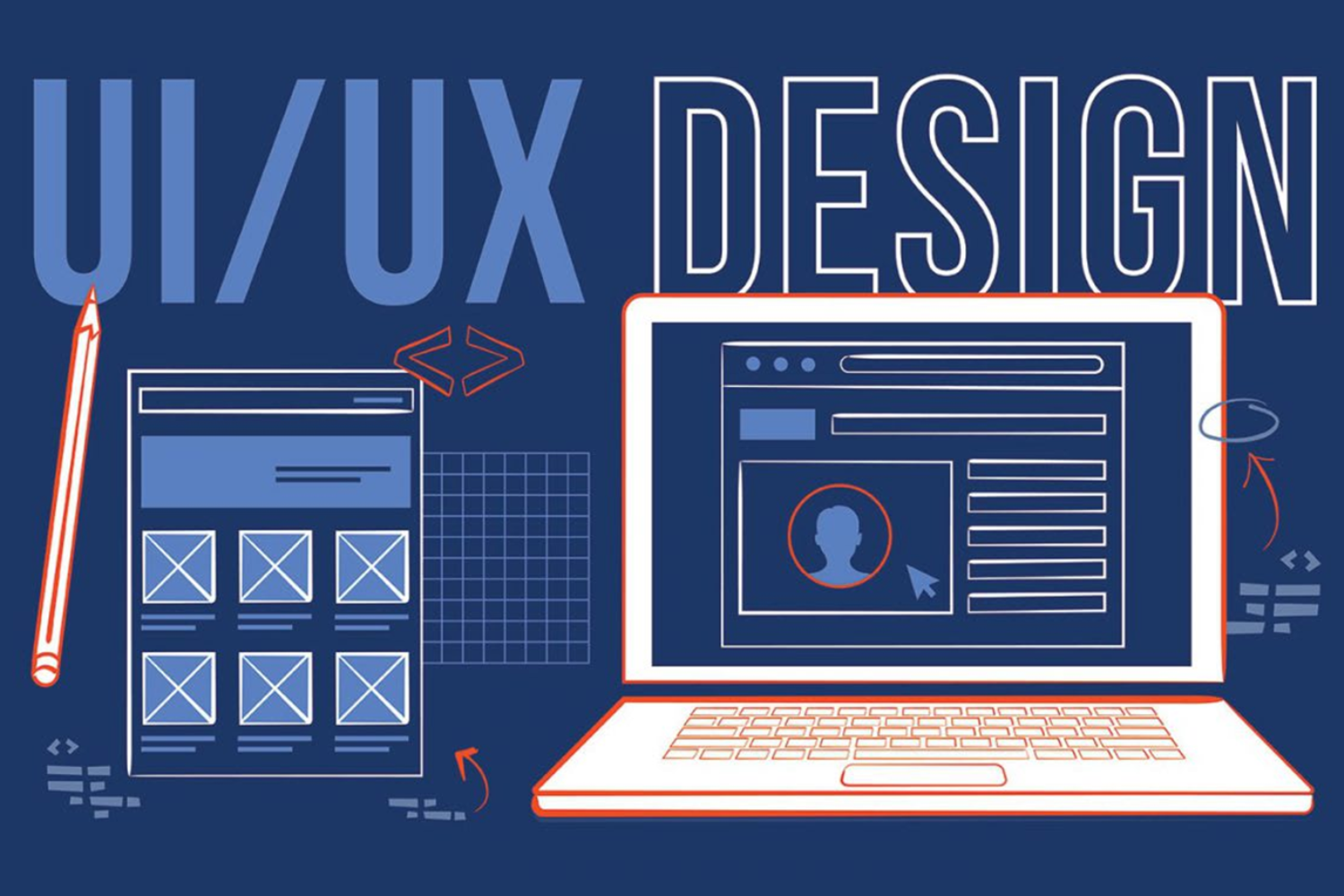
UI/UX Design
User Interface (UI) and User Experience (UX) design are essential components of the software development process aimed at creating intuitive, engaging and effective digital experiences for users. UI design focuses on the visual aspects of an interface, including layout, typography, color schemes, and interactive elements, with the goal of creating aesthetically pleasing and functional interfaces. UX design, on the other hand, encompasses a broader scope, addressing the overall experience users have when interacting with a product or service, including usability, accessibility, and user satisfaction.
At its core, UI design is concerned with the presentation and layout of elements within a digital interface, aiming to create visually appealing designs that facilitate user interaction and navigation. This involves careful consideration of factors such as visual hierarchy, consistency, and feedback mechanisms to ensure that users can easily understand and interact with the interface. UI designers often use tools such as wireframes, mockups, and prototypes to visualize and iterate on design concepts, refining them based on user feedback and usability testing.
In contrast, UX design focuses on understanding the needs, preferences, and behaviors of users to create seamless and enjoyable experiences throughout their interaction with a product or service. This involves conducting user research, such as interviews, surveys, and usability studies, to gain insights into user expectations and pain points. UX designers then use this information to inform the design process, ensuring that interfaces are intuitive, accessible, and aligned with user goals and workflows.
Effective UX design requires a deep understanding of human-computer interaction principles, cognitive psychology, and usability heuristics to anticipate user needs and provide solutions that enhance usability and satisfaction. This may involve simplifying complex tasks, reducing cognitive load, and providing clear, informative feedback to guide users through the interface. Additionally, UX designers often collaborate closely with other stakeholders, such as product managers, developers, and content creators, to ensure that design decisions align with business objectives and technical constraints.
Overall, UI and UX design are complementary disciplines that work together to create cohesive and user-centric digital experiences. By combining aesthetic appeal with usability and functionality, designers can create interfaces that not only look great but also deliver value to users, driving engagement, loyalty, and ultimately, business success. As technology continues to evolve and user expectations evolve, UI and UX design will remain essential consideration in the development of digital products and services, shaping the way we interact with technology in the digital age.


